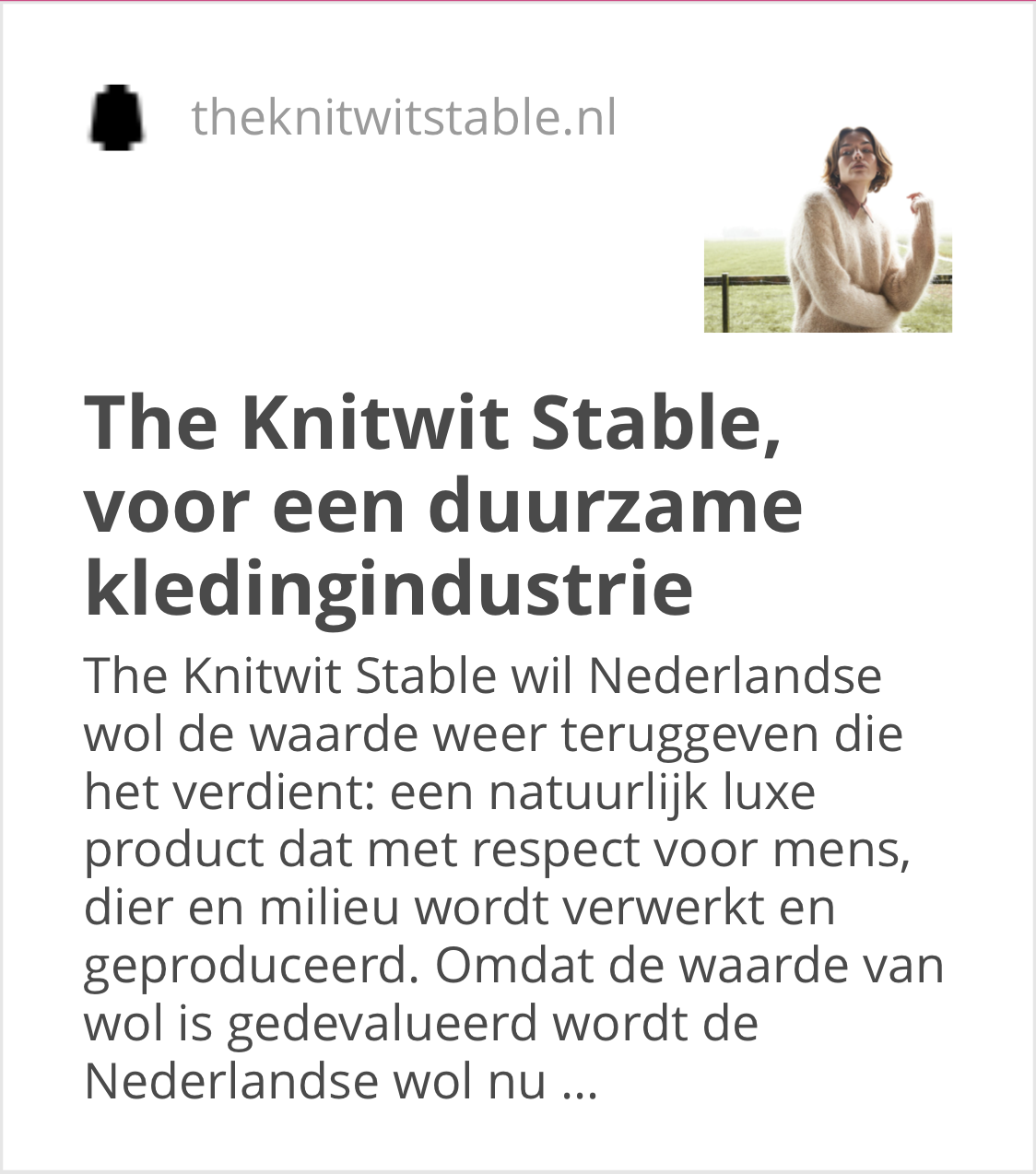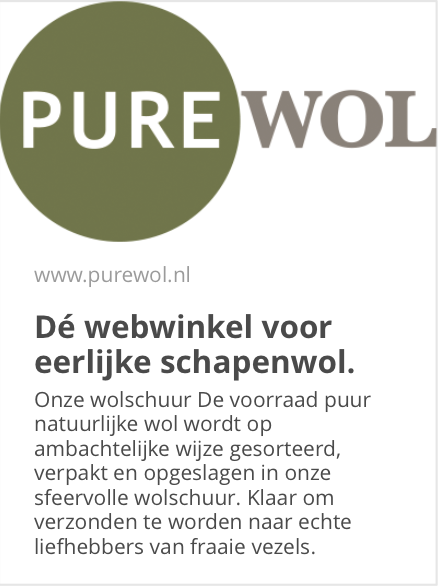Local sheeps, local wool, local sheperds¶
Describe what you want to explore, what problem or opportunity does it answer and why this makes sense for your research/lab. Describe what is the posisble outcome in term of workshop.
MAPPING THE LOCAL ECOSYSTEM¶
Researching together about the heritage and life cycle of wool-making in your territory.¶
In holland sheeps have always played an important role. :)
In the time of Karel de Grote (747-814) wool was an important raw material and commodity in the Netherlands. Between 1150 and 1400 wool production developed more and and Leiden became the most important cloth industry in Europe. Due to industrialisation, the production process no longer took place within a single company but spread across different companies which led to a very developed and good quality cloth. Until 1500 this cloth was very popular, but then Leiden started to lose its leading position due to the competition from England in particular. Wool production decreased more and more. Nowadays wool is collected and sold for very little money. Small initiatives are trying to build a small local production chain again.
Local wool characteristics and typology¶
Currently local wool is mainly collected and sold in bulk for very cheap prices. It often ends up being re-sold to the chinese market for the production of carpets, car interiors and other low quality products.
Fortunately, lately we see a come back in sheeps and wool with a finer touch, longer hairs, much more in tune with the needed characteristics for garment making.
Below you can find some interesting varieties available on the ducth market for garment making. These first examples come from one of the key actors we have also idetified below: PureWol.



Key actors and active locations in the field¶
On 11 hectares of meadow, our own merino sheep, Texel sheep, and angora goats walk around freely. This means we’re learning everything about wool quality, proper breeding, terrain management, animal behaviour, and animal welfare first hand! What we learn we immediately apply and share. The more we know, the more transparent we can be about the chain. The furs from our animals are the basis for our yarns, as well as for our own fashion brand.
Purewol is een unieke onderneming: als enige bedrijf in Nederland richt het zich op de grootschalige verkoop van ruwe schapenwol van talloze rassen in vele kleuren. De leveranciers zijn de dames uit de eigen Purewol-kudde 'Natuurbegrazing de Monden'. Deze, ruim achthonderd koppen tellende, kudde wordt in en rond de provincie Drenthe ingezet om heidevelden, natuurreservaten en natuurweides te beheren.
 HvA - knit research
At the University
HvA - knit research
At the University

Kniterate Kniterate is a fantastic project, we are waiting for our own kniterate to arrive, in the link above another lab that seems to have one in the NL.

Mapping connections¶
Explore and interview people, capture places and process. Experiment with. Observe gender gaps and stereotypes or if women thrive in wool
Previous projects connected to wool¶
Reflections¶
- What did you learn?
- What are the "hot topics" to explore?
- What are the cultural specificity/gaps of the place?
- With whom collaborate for our little factory project?

